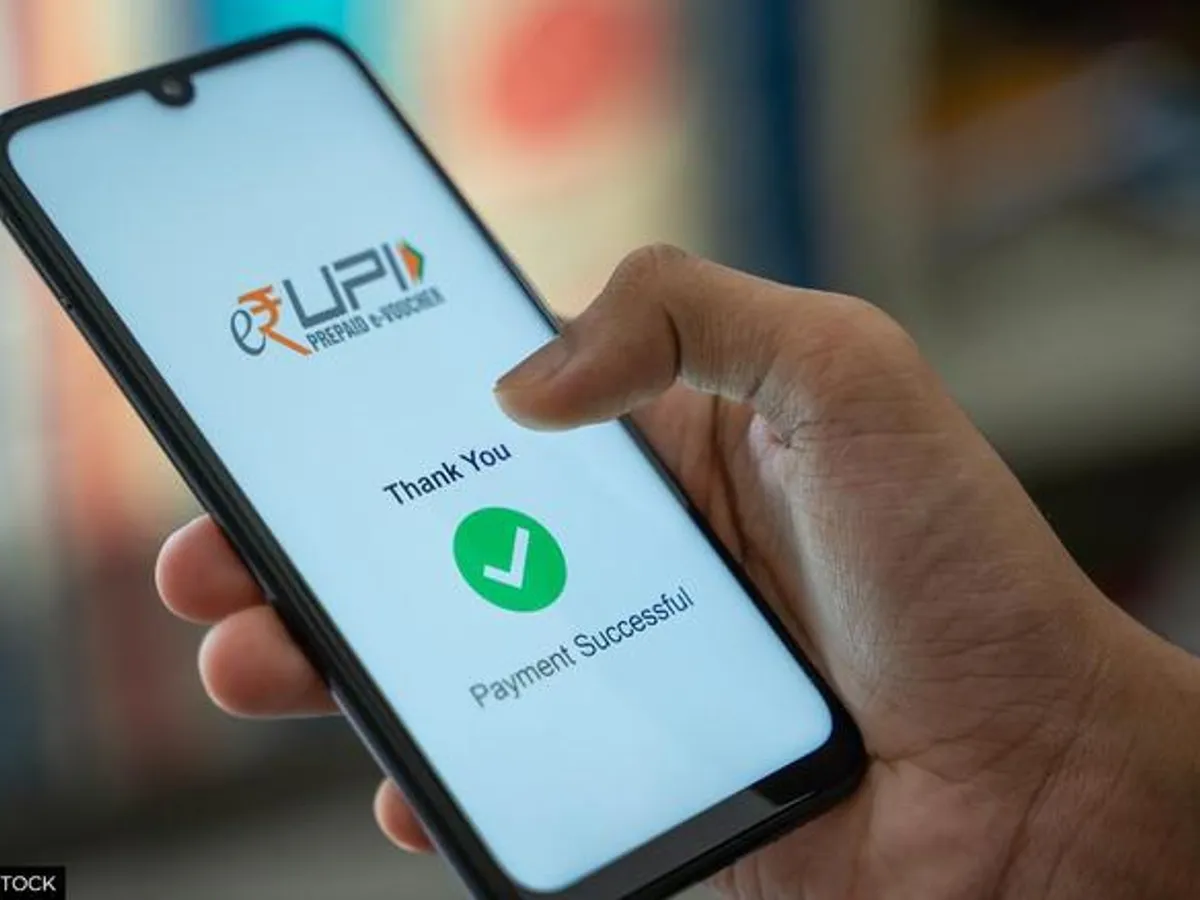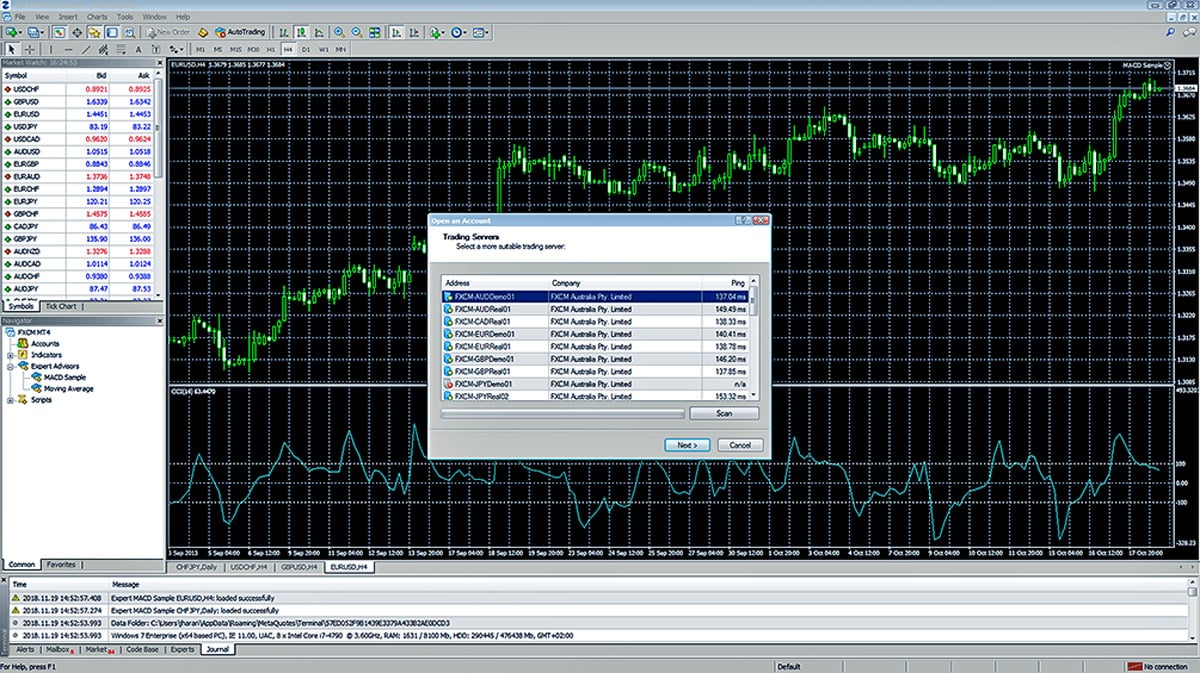Explained: What is Bank Account, UPI ID and IFSC verification?

Businesses always want to make hassle-free payments for their end customers. In some cases, the bank account details are wrong or face fraud activities. To avoid these issues, the bank account verification, IFSC, and UPI ID verification services are provided to make sure that the payments have been made from and to the right customers. They help you to save operational costs and time as well while reducing the risks from frauds or return rates due to the illegitimate entry of bank account details. Go through more details about the verification methods to make successful transactions.
What is Bank Account Verification?
The businesses can be beneficial with the validation and verification of customer bank accounts to ensure that the account not only exists but also belongs to the right customer. The payments can be made and received by end customers every time. By using account verification, the companies can make efficient and accurate payment processing and allow the customers to gain the best possible experiences with reduced errors.
Assure that the bank details are correct
The bank account ownership and details have been validated allowing the customers to make and receive payments without any issues. The address and identity of the payer need to be confirmed and provided the account details relevant to the payer. With the accounting verification, the management of paperless direct debits and avoiding payment frauds have been assured. The automated API detected the closed accounts and marked them as ‘deceased account holders’. It also validates the bank accounts of both consumers and business owners through the account numbers of real accounts.
What is UPI ID verification?
UPI or Unified Payment Interface is a safe, secure, and convenient digital payment mode. It is a popular method to send and receive the money for immediate fund transfer between bank accounts of two parties. The organizations or vendors can enter the UPI ID and get to know whether it exists or not. As a result, they will get the customer’s name and bank details for valid UPIs.
The beneficiary UPI ID is required to know for successful payment transactions. The key is required for the PIN on the confirmation of beneficiary ID and other details like the amount to be transferred. The PIN can be created or changed based on the debit card or UPI ID. With the UPI ID payment, the cumbersome process of entering the bank account number, bank name, and IFSC of the beneficiary in the bank account verification can be avoided to achieve the appropriate funds’ transfers. The transaction initiation of the UPI ID is also known as the Virtual Payment Address (VPA). Some of the widely used UPI-enabled applications of India include PhonePe, Google Pay, BHIM, etc. allow making the funds transfers through the unified payment interface quickly after confirming the legitimate account.
What is IFSC verification?
IFSC code is the unique identification code with the combination of alphabets and numbers of an eleven-digit number. It is used to transfer funds online via different transaction modes, like RTGS, IMPS, and NEFT. This code makes electronic or online payment easier and eliminates discrepancies during the transaction process. The Reserve Bank of India (RBI) is assigned the IFSC code for banking institutions. The primary portion of the bank account includes the four letters to represent the bank while the next character is zero for future use and the remaining six letters refer to the particular banking branch identification code. However, the IFSC codes have been updated weekly. It’s essential to verify whether the IFSC code is valid and get to know the relevant bank branch and bank name that it belongs to.
When the businesses want to make legitimate payment transactions to the clients, they need to check out either the bank account verification, UPI ID, or IFSC code validation to make sure the successful payment for the right customers.










